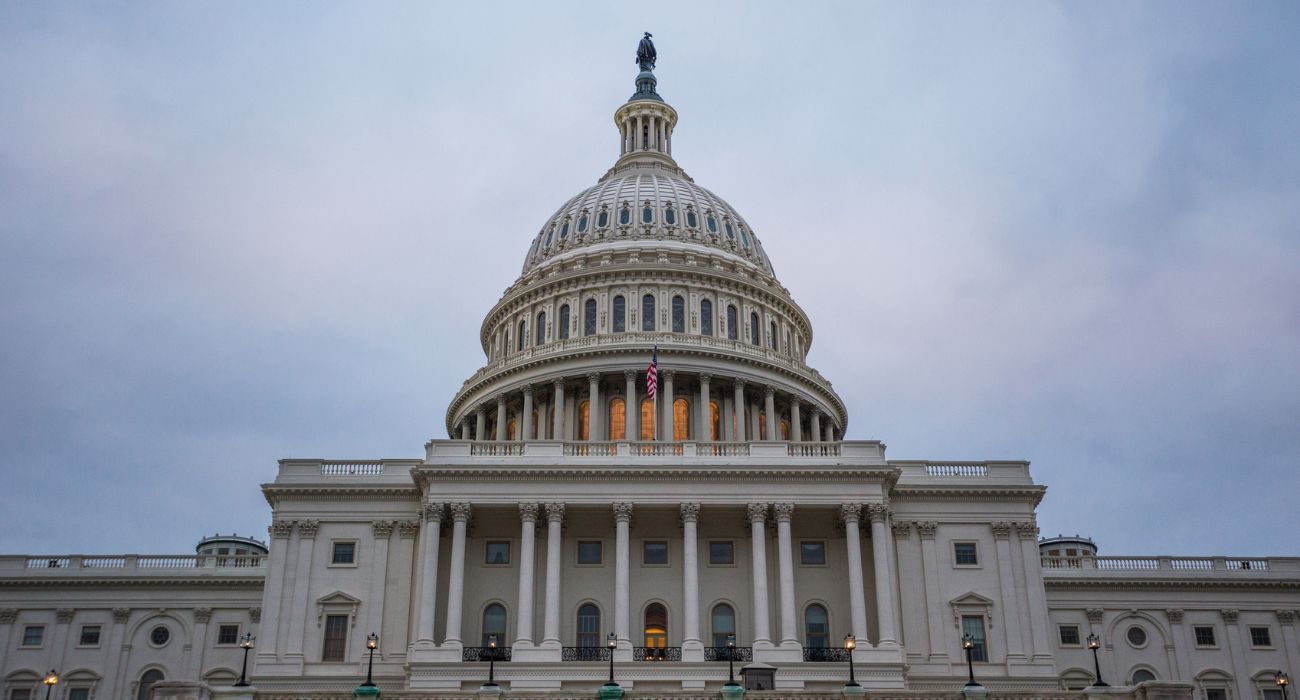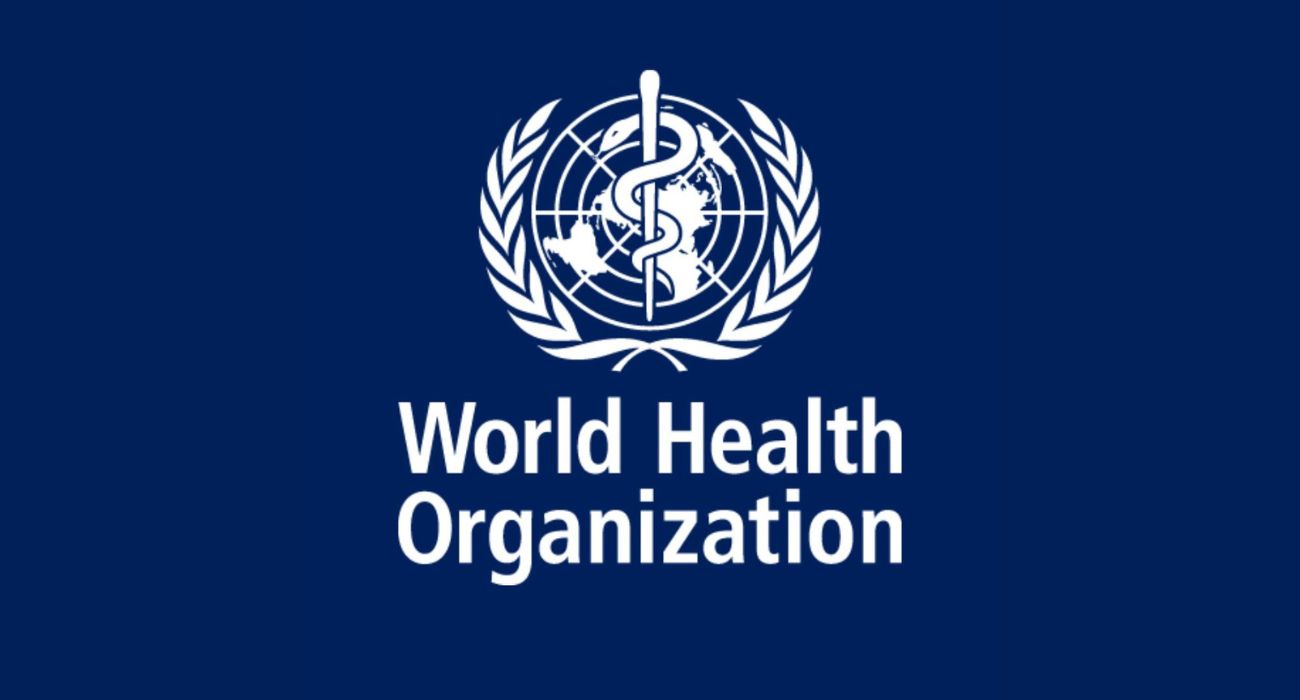A relentless heat wave that has triggered health alerts for more than 100 million people in the U.S. is set to intensify this weekend, with temperatures and humidity forecast to surge higher in many parts of the country.
“So far this week, 60 daily high temperature records have been tied/broken as dangerous heat enveloped much of the Nation,” the National Weather Service (NWS) Prediction Center tweeted Thursday morning.
“More records are likely to be set over the next week,” it added.
The most intense heat will continue to be centered in the central and southern states, including Missouri, Arkansas, Oklahoma, Kansas, and Texas, which will “yet again” see temperatures in the 90s and low 100s this weekend, according to Andrew Orrison, a meteorologist with the NWS.
“We’ve had heat waves that have been quite long in the past,” Orrison told The New York Times. “This one here is pretty persistent, especially for parts of the central United States and in the Southern Plains.”
On Tuesday, the NWS tweeted that 100 million people were under heat-related warnings and advisories and tweeted on Thursday that a “significant portion of the population” would remain under such warnings over the weekend.
High humidity is expected to push “feels-like” temperatures well above 100 degrees across the east coast of the United States.
Washington D.C. and Philadelphia have both declared heat emergencies and warned their residents to stay safe. The nation’s capital has not seen a 100-plus temperature day in six years.
“Stay hydrated, limit sun exposure, and check on seniors, neighbors & pets,” D.C. Mayor Muriel Bowser said on Twitter.
Philadelphia’s Department of Public Health warned residents in a statement that “during hot weather, NEVER leave children and pets unattended in vehicles under any circumstances.”
In Texas, residents were asked last week to reduce their power consumption from 2 p.m. to 8 p.m., as the state’s electric utility warned that low windspeeds threatened the power grid’s reliability. Dallas County reported its first heat-related death of the year on Thursday, a 66-year-old woman, according to a news release from Dallas County Health and Human Services.
On Thursday, the City of New York advised residents to conserve energy by raising their air conditioning to 78 degrees and unplugging appliances. Temperatures over 90 degrees are expected to remain in New York City over the weekend.
New York state residents are advised to stay inside and avoid “dangerous conditions that can lead to heat stress and illness,” according to Jackie Bray, the commissioner of the state’s homeland security and emergency services division.
A high-pressure system over the Pacific Northwest is expected to push temperatures 10-15 degrees above normal levels. The highs will be in the 90s in Washington State, Oregon, and Northern California and could reach 100 degrees.
Heat in the Pacific Northwest is particularly hazardous because the usually mild climate means fewer people are accustomed to it or own air-conditioners. Last year, more than 600 people died in a heat wave that persisted in the region for weeks.
The Southwest saw the highest temperatures in the country on Friday. Las Vegas was expected to see a high of 112 on Friday, about six degrees above average for this time of year. Phoenix was predicted to reach 114 degrees, though a monsoon is predicted for the weekend and will likely bring some relief.
The devastating heat has also hit Europe, causing hundreds of deaths there. Britain saw a new all-time high temperature on Tuesday when the national weather service there recorded a temperature of 104.5 degrees in eastern England, surpassing the previous high set in 2019.
Jane Gilbert, chief heat officer for Miami-Dade County, told CNN on Tuesday that high temperatures threaten people’s physical well-being and the economy. She added that Miami has seen nearly double the number of days with a heat index over 90 degrees than it did in the 1970s.
“That is not only concerning to people’s health but their pocketbooks,” said Gilbert. “Our outdoor workers can’t work as long, they lose work time. People can’t afford this AC, the higher electricity cost. It’s both a health and an economic crisis.”







HA HA HA 108 here in Texas and thats warm but not bad…nothing worse than the summer of 1980 🙂